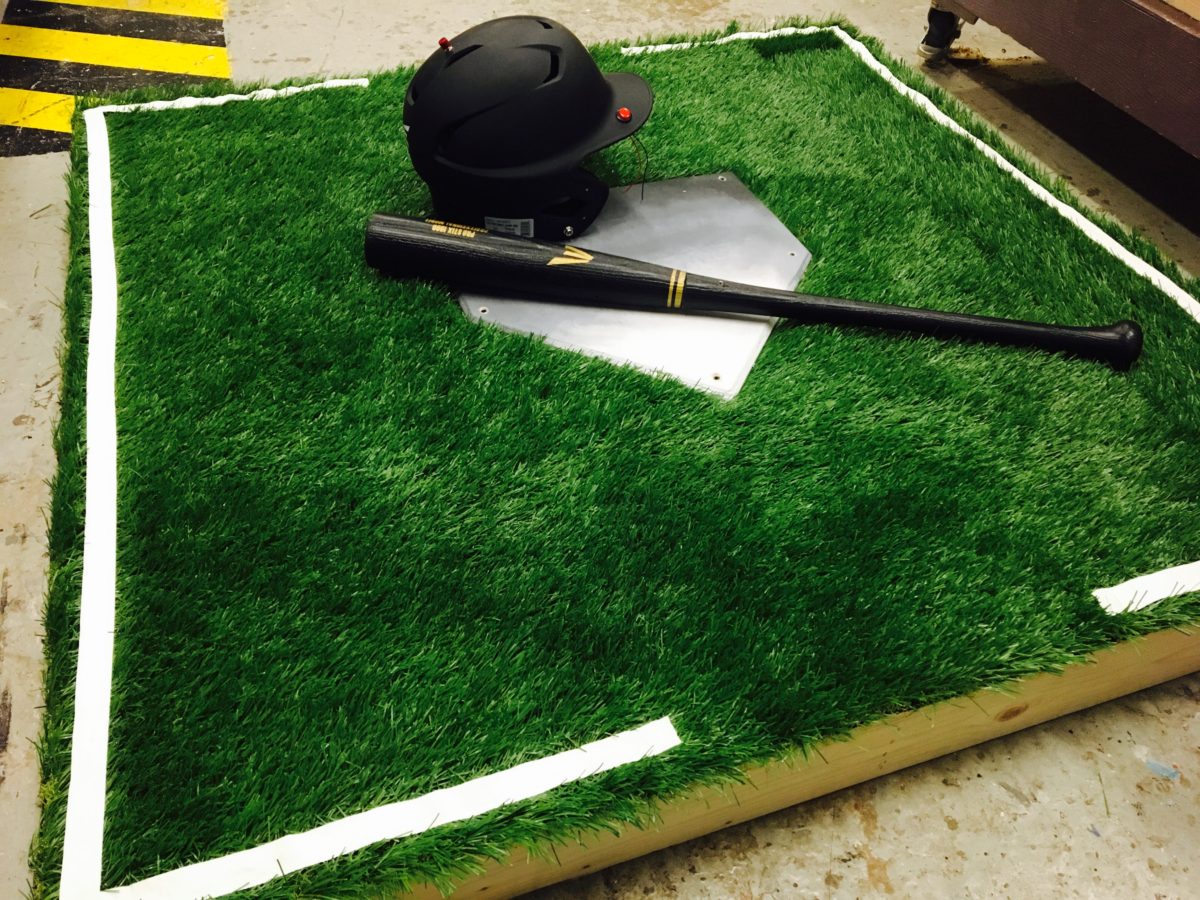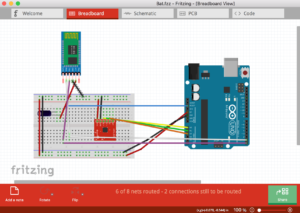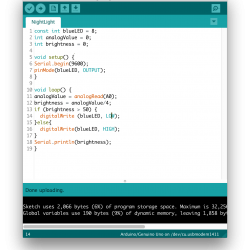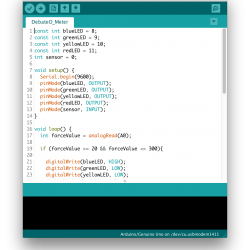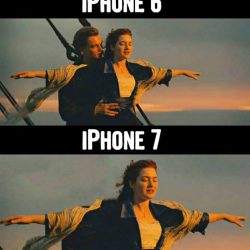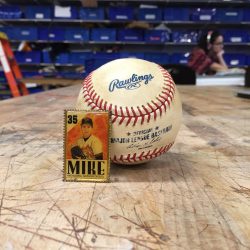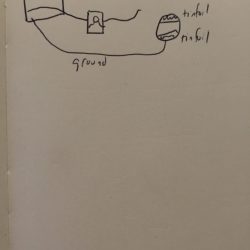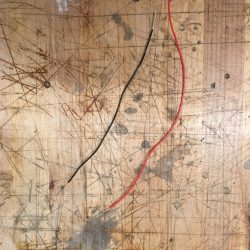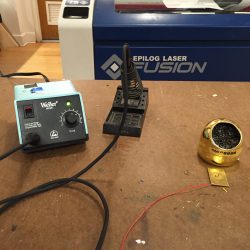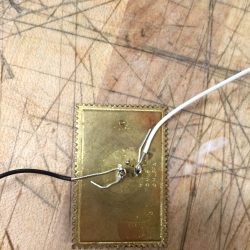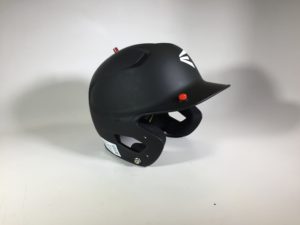
We’ve made a lot of progress in the past couple weeks on our project, mostly in terms of Fabrication and computing. We’ve constructed a helmet equipped with two buttons – one to toggle between pitchers and one to take you to the home screen. The purpose of the pitcher button – located on the brim of the helmet – is to simulate what a hitter may do physically while at the plate. While the .gif below is meant as a comedic exaggeration, it’s not uncommon for a batter to touch the brim of his helmet before taking a pitch; there may be some valuable tar there to make his hands stick to his bat better.

We’ve also constructed a place for the batter to stand when they are taking their ‘at-bat’. The next step for this will be to integrate FSR’s into the home plate. We would also like to signal where the batter should stand.
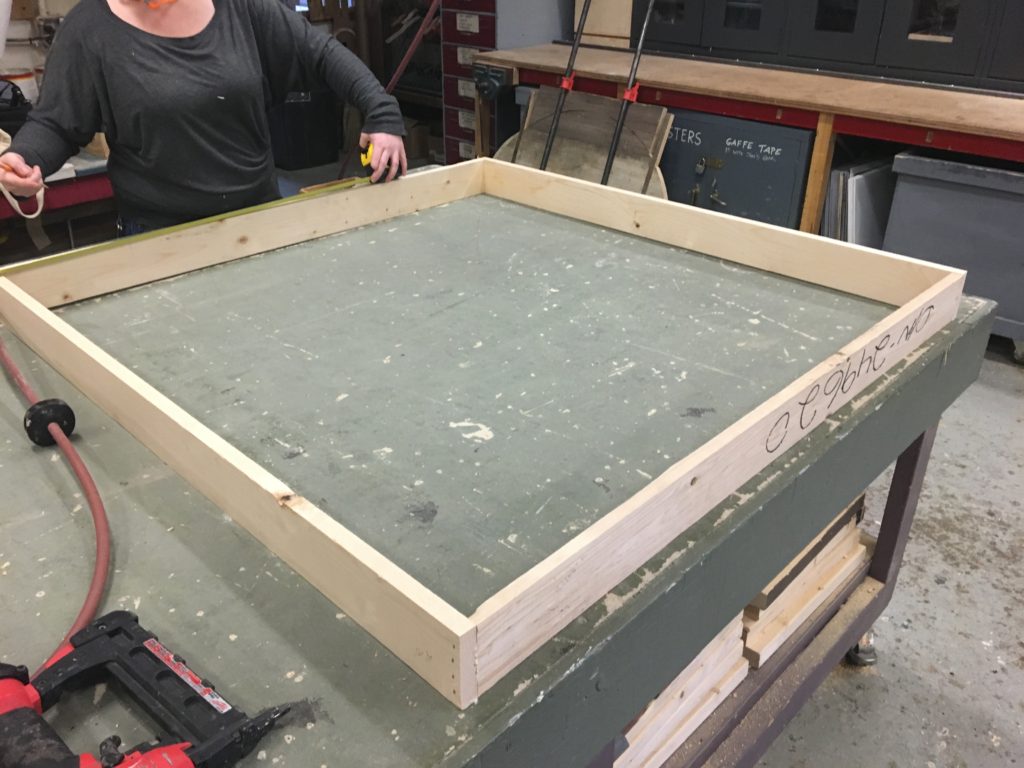
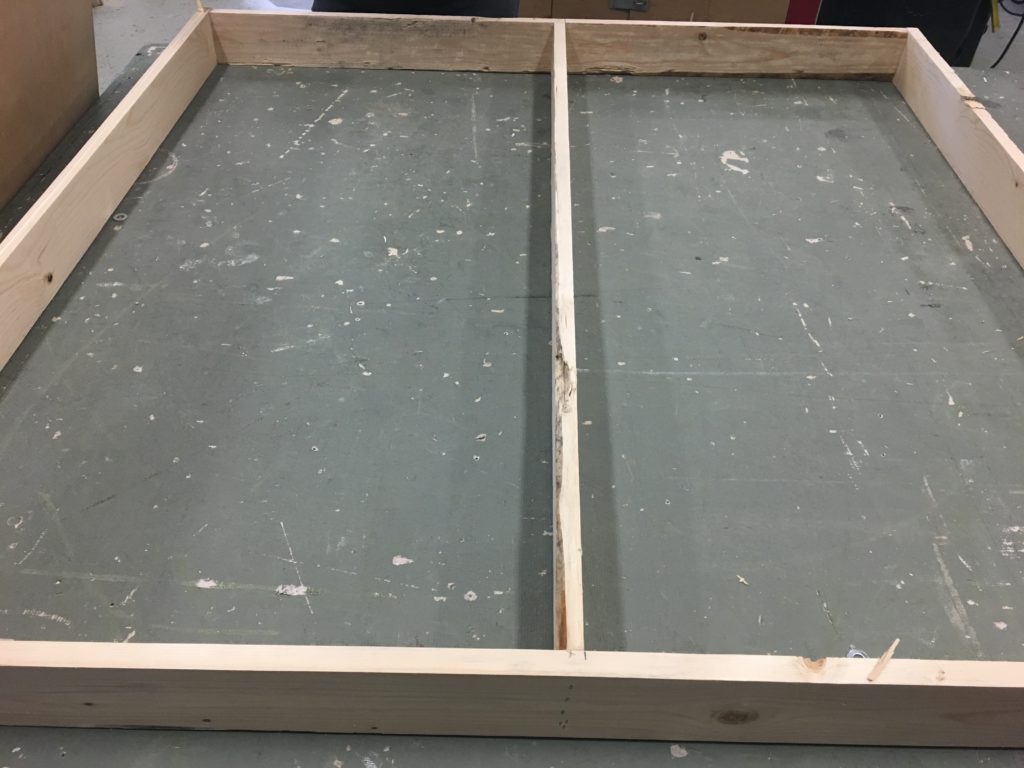
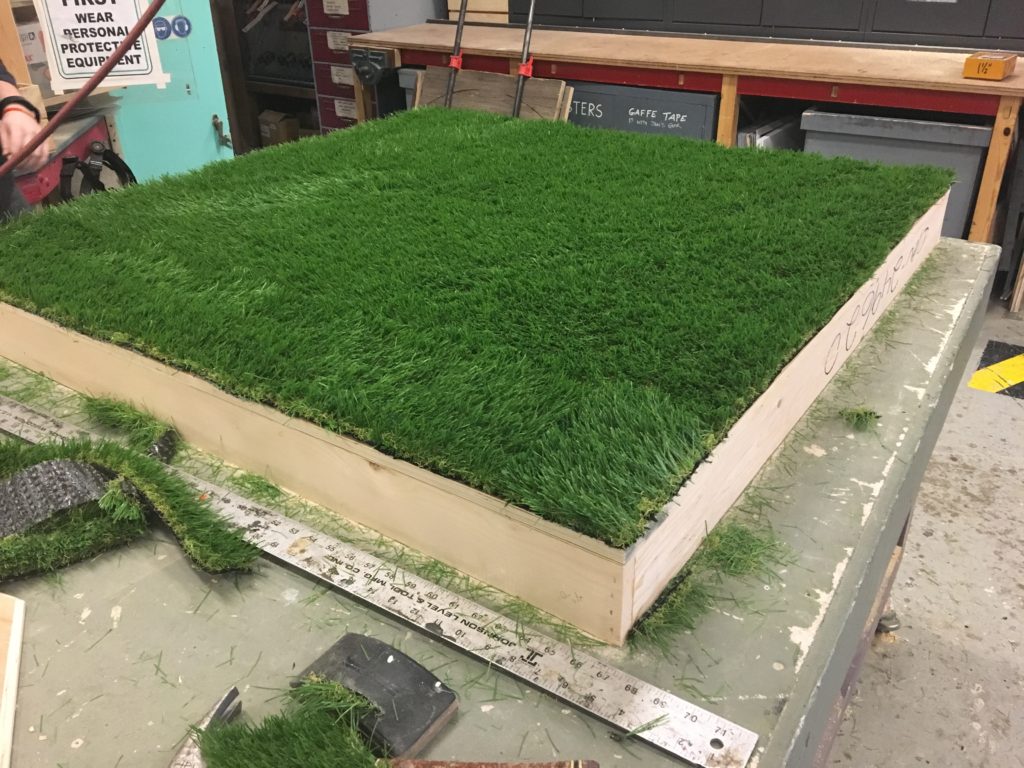
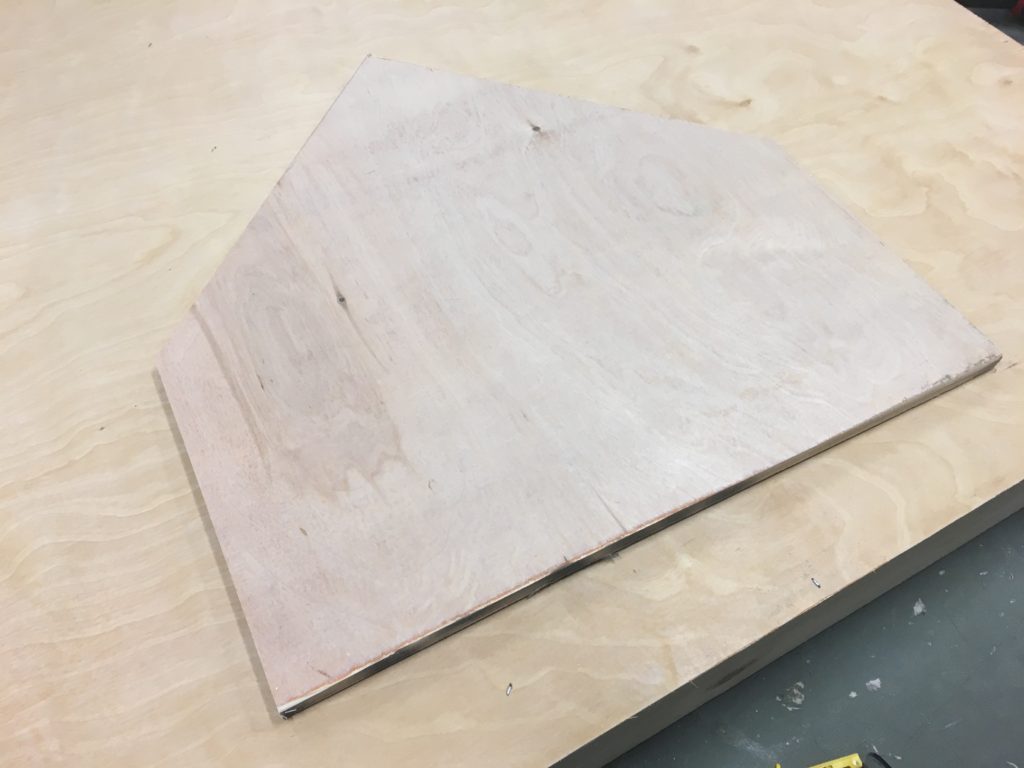
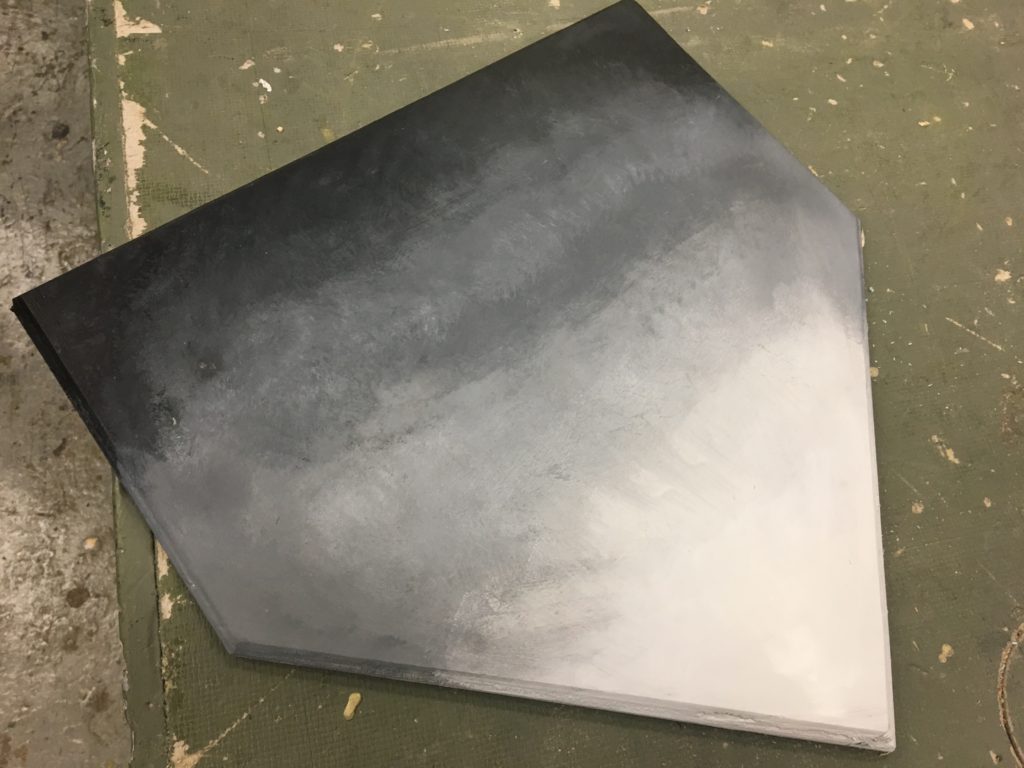
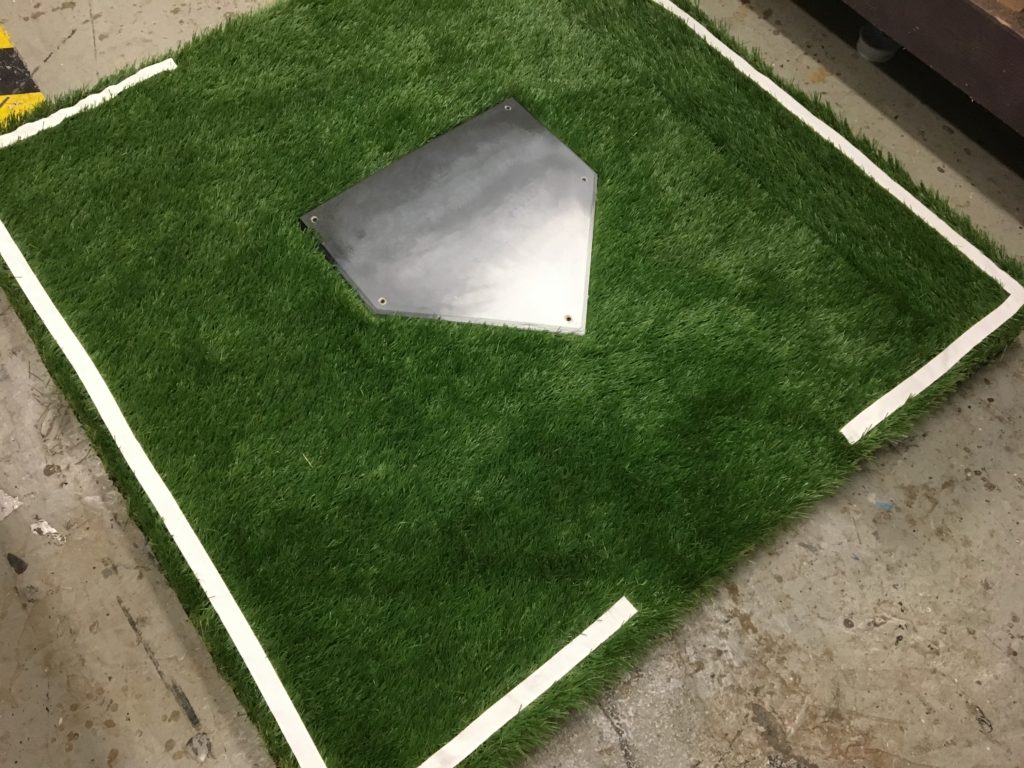

In terms of the coding, we are making some real great strides as well. Here is a sketch showing what the final background will look like:
And here is a video showing what the final code will look like in terms of pitchers.
Finally there is a preview of what this will look like when this is all tied together.
